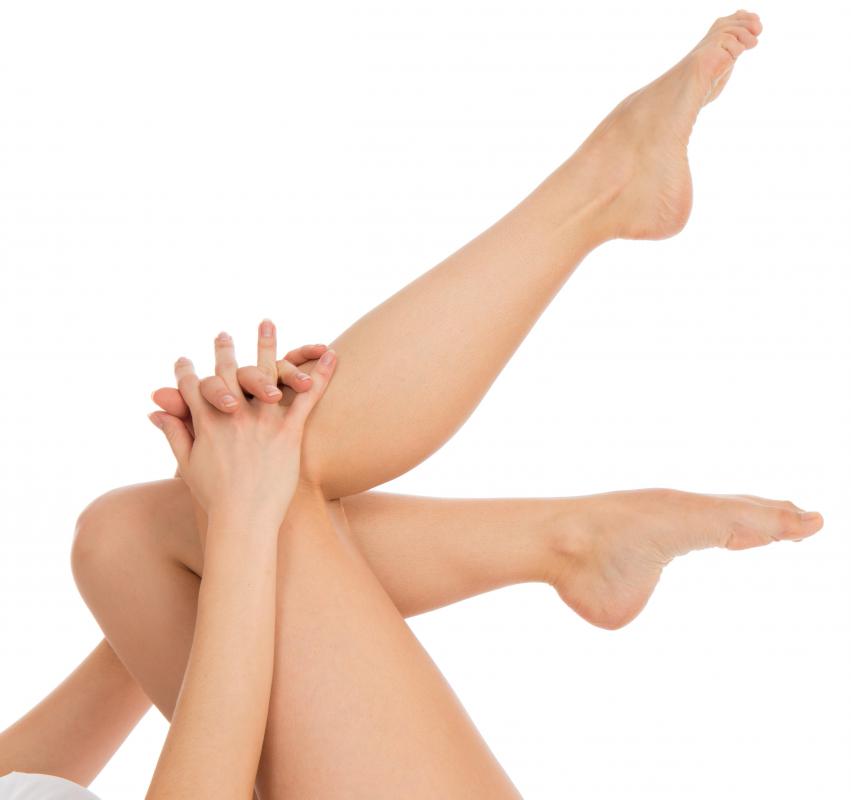At TheHealthBoard, we're committed to delivering accurate, trustworthy information. Our expert-authored content is rigorously fact-checked and sourced from credible authorities. Discover how we uphold the highest standards in providing you with reliable knowledge.
What Is Pityriasis Lichenoides Chronica?
Pityriasis lichenoides chronica is a rare skin condition that causes small raised papules to develop on various areas of the skin. The exact cause of this disorder is not clearly understood, although there are a number of theories surrounding the origin of this rash. A sensitivity to infectious agents or abnormal autoimmune responses may be contributing factors to the development of pityriasis lichenoides chronica. Treatment options may include the use of topical ointments, antibiotics, or ultraviolet therapy. Any questions or concerns about the condition or the best treatment options on an individual basis should be discussed with a doctor or other medical professional.
The lesions associated with pityriasis lichenoides chronica may develop over a period of days, months, or even years. The rash tends to go away on its own and is prone to spontaneous recurrence. This often causes the patient to have groups of papules at various stages of development on the body. The lesions normally begin as raised pink nodules and later turn a reddish-brown color. The papules then become scaly, turn brown, and slowly fade away.

The arms, legs, and trunk are the most commonly affected areas for those with pityriasis lichenoides chronica. In some cases, the rash may also affect the face, hands, or scalp. This skin disorder can be quite unpredictable in that the condition may clear up for prolonged periods of time before recurring. It is also possible for the rash to last for several months or longer at a time.

There are not usually any negative physical symptoms associated with pityriasis lichenoides chronica. The lesions may look uncomfortable, but they do not generally cause any pain or itching. If the papules become irritated, it is possible for an infection to develop. Topical or oral antibiotics are typically prescribed for cases of infection.
Exposure to the sun may help to clear up the lesions associated with pityriasis lichenoides chronica in some cases, although special care should be taken to avoid sunburn. Topical ointments or creams may also help treat outbreaks, although no method of treatment is considered completely effective. Even if the lesions disappear, there is no way to guarantee that they will not return later. A dermatologist is a doctor who specializes in the diagnosis and treatment of skin disorders and can help the patient who has pityriasis lichenoides chronica decide on the most appropriate treatment options on an individual basis.
AS FEATURED ON:
AS FEATURED ON:
















Discuss this Article
Post your comments